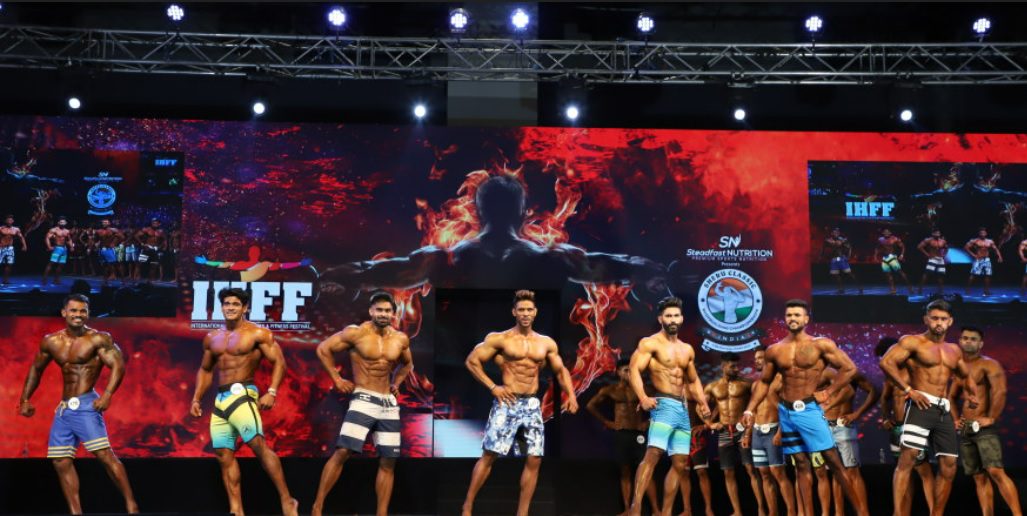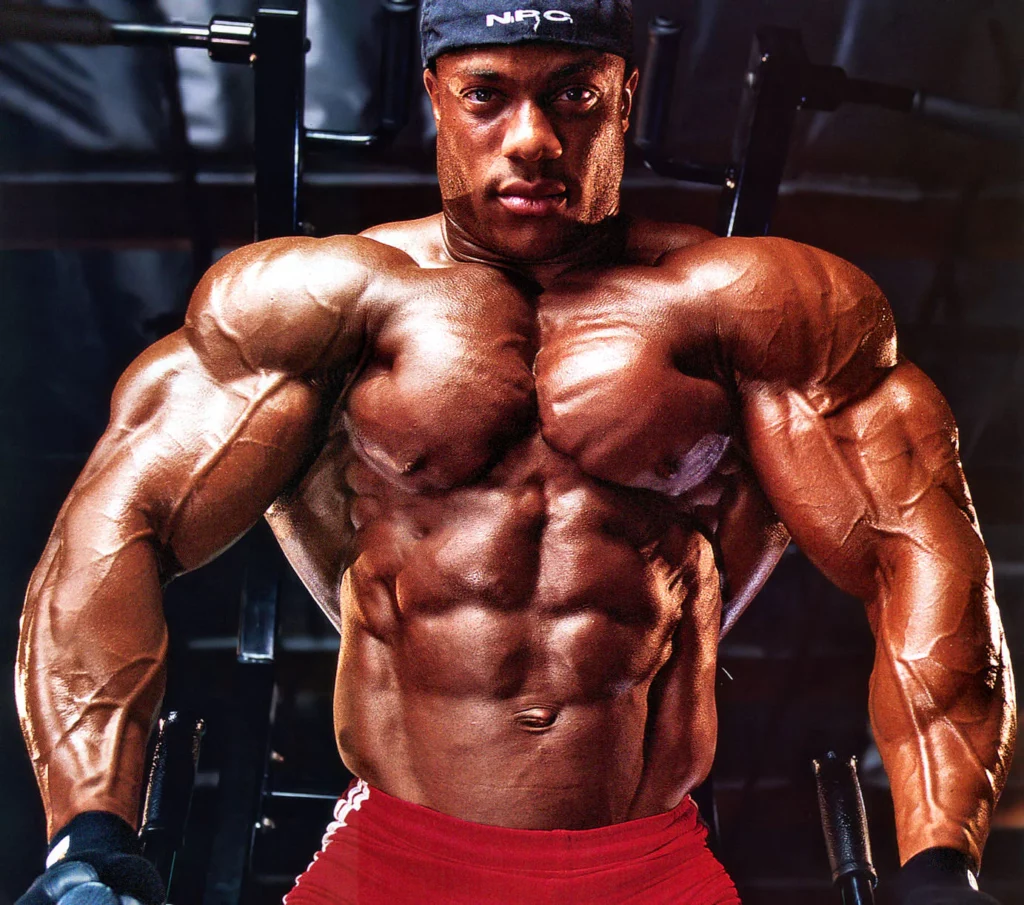Judging criteria in male bodybuilding competitions can be broadly divided into physique, posing, and symmetry categories. Each division of the competition is judged on a different set of criteria. For example, physique division is judged mainly on muscularity, symmetry, and size. Posing division judges the physique’s symmetry, pose quality, and stage presence. Symmetry category judges the relative proportions of the muscular parts of the body. Lastly, size category judges the muscularity, size, and symmetry of the body as a whole. Knowing this information will help you judge the competitions you watch or participate in more accurately.
What do the judges look for in a male bodybuilding competition? This is a question that has been asked since the early days of competitive bodybuilding. The answer, however, is not as simple as it may seem.
How Male Bodybuilding is Judged Based on Criteria’s
Competing in male bodybuilding competitions can be a great way to improve your physique and physique symmetry. However, it’s important to know the judging criteria in order to achieve your dream of winning bodybuilding competitions. By being familiar with the judging criteria, you’ll be able to score your own performances and judge the performances of other bodybuilders. In the end, ranking takes into account how well competitors have done overall during the competition season. So, whether you’re a beginner or a seasoned bodybuilder, make sure you’re well aware with the judging criteria in order to compete to the best of your ability.

#Judging Criteria 1: Athletes Muscle Size
When it comes to bodybuilding, there are a few key things that the judges look for in each athlete. One of the most important criteria is muscle size. The bigger the muscles, the more likely the athlete is to place well in the competition.
However, it’s not just about raw muscle size. The judges also take into account how evenly developed the muscles are and how they are balanced with each other. They want to see an aesthetically pleasing physique, not just a big guy with no shape.
Finally, the judges will also consider how well defined and vascular the muscles are. This is where conditioning comes into play. Even if an athlete has smaller muscles, if they are extremely well defined and vascular, they can still place well in a competition.
#Judging Criteria 2: Symmetry
When it comes to bodybuilding, symmetry is key. Judges look for a balanced physique, with everything being in proportion to one another.
Hence, the second judging criterion for male bodybuilding is symmetry. This is when the judges look at the overall proportions of the athlete’s physique and how well everything is balanced.
They will be looking at things like how wide the shoulders are in relation to the waist, or how big the arms are compared to the legs. Everything should be in proportion and nothing should stand out as being too small or too large.
Symmetry is important because it shows that the athlete has put in the time and effort to create a well-rounded physique. It takes a lot of work to develop all muscle groups evenly, so this is something that the judges will take into account when making their final decision.
Symmetry is what separates the top contestants from the rest of the pack. If everything is in proportion and balanced, it creates a more aesthetically pleasing look. Even if someone has more mass or is more muscular than another contestant, if their symmetry is off, they will likely place lower in the competition.
#Judging Criteria 3: Definition & Proportion
The third criterion for judging male bodybuilders is definition and proportion. This includes the overall muscle definition of the competitor as well as the balance between different muscle groups.
To judge definition, judges look at the overall leanness of the competitor and how well defined their muscles are. To assess proportion, judges compare the different muscle groups to see if they are in balance with each other.
Competitors need to have good muscle definition and balanced proportions in order to score well in this criterion. Those who lack either one of these qualities will likely find themselves at a disadvantage when compared to those who have both.
#Judging Criteria 4: Posing Routine & Stage Performance
At the 2017 Mr. Olympia contest, the fourth judging criterion is Posing Routine & Stage Performance. This is where the athletes display their physiques in a routine set to music, and is also where they are judged on their stage presence.
The Posing Routine & Stage Performance is the fourth and final criterion that will be used to judge male bodybuilders at this year’s competition. This is where the competitors will show off their physiques and try to impress the judges with their posing routines and stage presence.
Here are the things that the judges will be looking for in this category:
-Poise and confidence – The competitors should look confident and comfortable on stage, and they should be able to hold their poses without trembling or looking like they’re in pain.
-Flexibility – The competitors should be able to perform a variety of different poses, and they should look graceful while doing so. They should also be able to transition smoothly from one pose to another.
The competitors will have a set time limit for their posing routines, usually around 90 seconds. They will need to make sure that they use this time wisely and hit all of the key poses that they want to show off. If they run out of time or if they don’t perform well, it could cost them points with the judges.

Ranking and Scoring System In Male Bodybuilding Competitions
Competitions in male bodybuilding are judged based on a number of criteria, one of which is the scoring and ranking system. This system determines the best bodybuilders and helps to ensure that everyone has an equal opportunity to win. The best bodybuilders will be the ones that can accumulate the most points throughout the competition. Points are accumulated based on how well each competitor performs in each category. The ranking and scoring system is important so that everyone has an equal opportunity to win.
According to IFBB, Judges will score competitors according to the total package, which is a balance of size, symmetry, and muscularity. In order to create the ideal physique, athletes need to focus on all three aspects equally. By focusing on all three aspects, athletes can create a complete package that will impress the judges and win competitions.
In the Mr. Olympia, a competition that ranks the top 15 bodybuilders in the world, everyone outside of 15th place is in 16th place. This may seem like a small difference, but it can mean a lot to the athletes who have worked so hard to make it to the Olympia stage.
In the Mr. Olympia, the world’s premier professional bodybuilding competition, competitors are ranked from one through 15. Sixteen is the last place.
The average score is determined by adding the competitor’s highest and lowest scores together. This system is used in order to achieve what the IFBB deems a fair average. In most cases, seven judges will rank the competitors. However, there may be more or less judges depending on the particular competition. The competitors with the highest and lowest scores are typically dropped from the final ranking.
Word From Sheru Classic
Judging criteria in male bodybuilding competitions can be quite complex. However, with a little bit of understanding, you’ll be able to score and rank your competitors accordingly. Make sure to read the sub-headings carefully to get a comprehensive understanding of the judging criteria used in male bodybuilding competitions. We hope this blog has helped you to better understand the judging criteria used in male bodybuilding competitions and how to score and rank your competitors accordingly.



